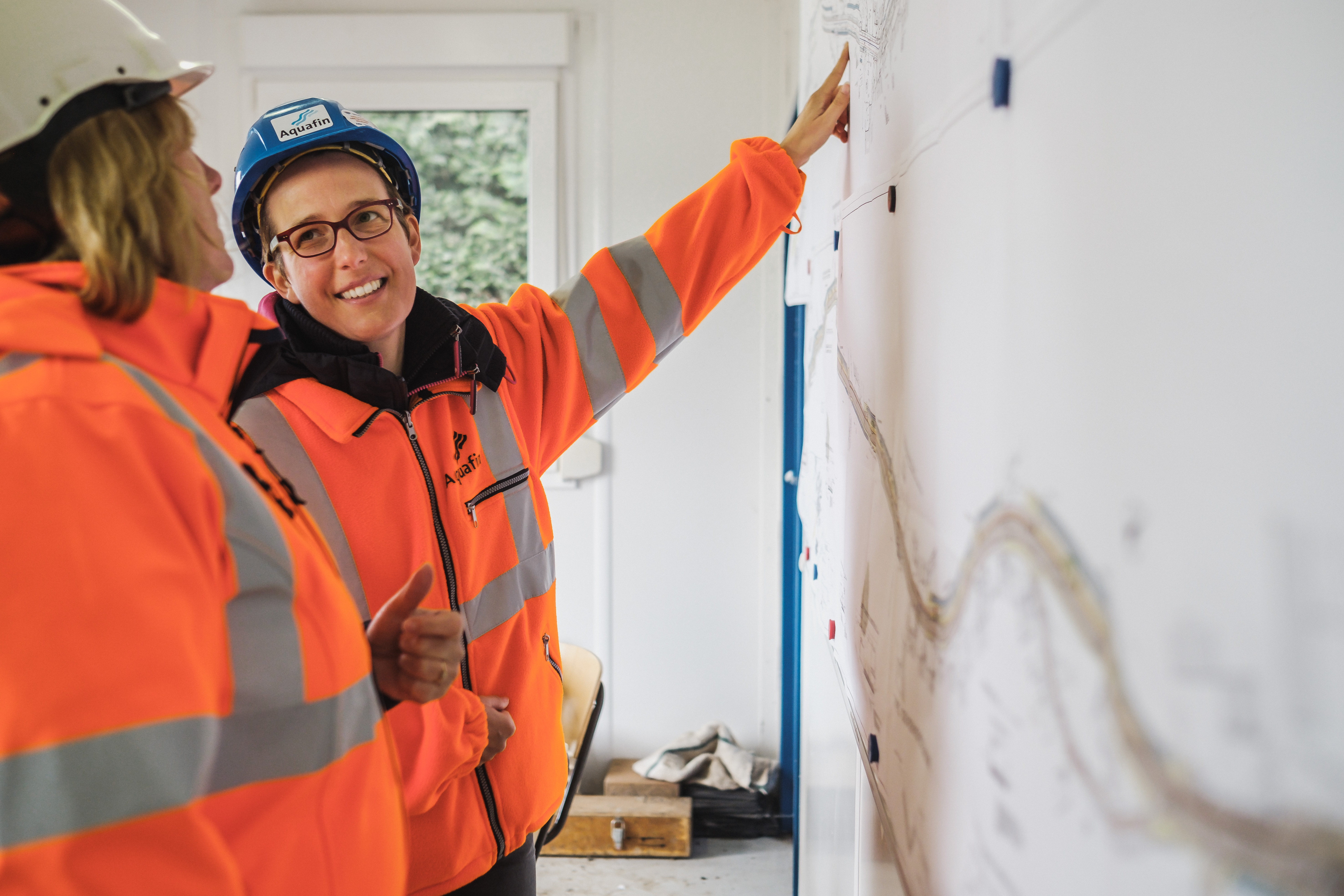Waste water management
Riopact takes care of waste water management
Waste water management often presents municipalities with a series of challenges: How can they prevent flooding due to overloaded sewers? And how do they make sure waste water is captured and treated everywhere? Riopact, a partnership between De Watergroep and Aquafin, offers a complete management package to local authorities.


Riopact welcomes 2 new partners
Riopact supports municipalities with their waste water and sewer management. “This can take the shape of a custom service package or the complete management of the sewer grid, with Riopact taking on all tasks and responsibilities. Municipalities who opt in to these services join Riopact as partners”, Head of Riopact Simon Stevens explains. “Through a specific finance model, we pay the right price for the sewer system. From that moment on, we take over all tasks: we lay new sewers, we clean sewer pipes and drains, we connect homes to the sewer grid and so on. To do so, we use the income from the capture and transport of waste water per municipality, which is collected via an all-in water invoice.”
Service introduction
Over the past few years, eighteen Flemish municipalities transferred their sewer systems to Riopact, including Aarschot, Tielt, Kraainem and Ninove. In 2019, we started preparing for the arrival of two new partners: Sint-Gillis-Waas and Scherpenheuvel-Zichem. They effectively became Riopact partners on 1 January 2020. “Lots of municipalities are queueing up for support with their sewer management. In response, we decided to actively spread the word about our services in 2019”, according to Simon Stevens. “Sint-Gillis-Waas and Scherpenheuvel-Zichem have already decided to join us, and we’re expecting plenty more new partnerships in 2020 and 2021.”